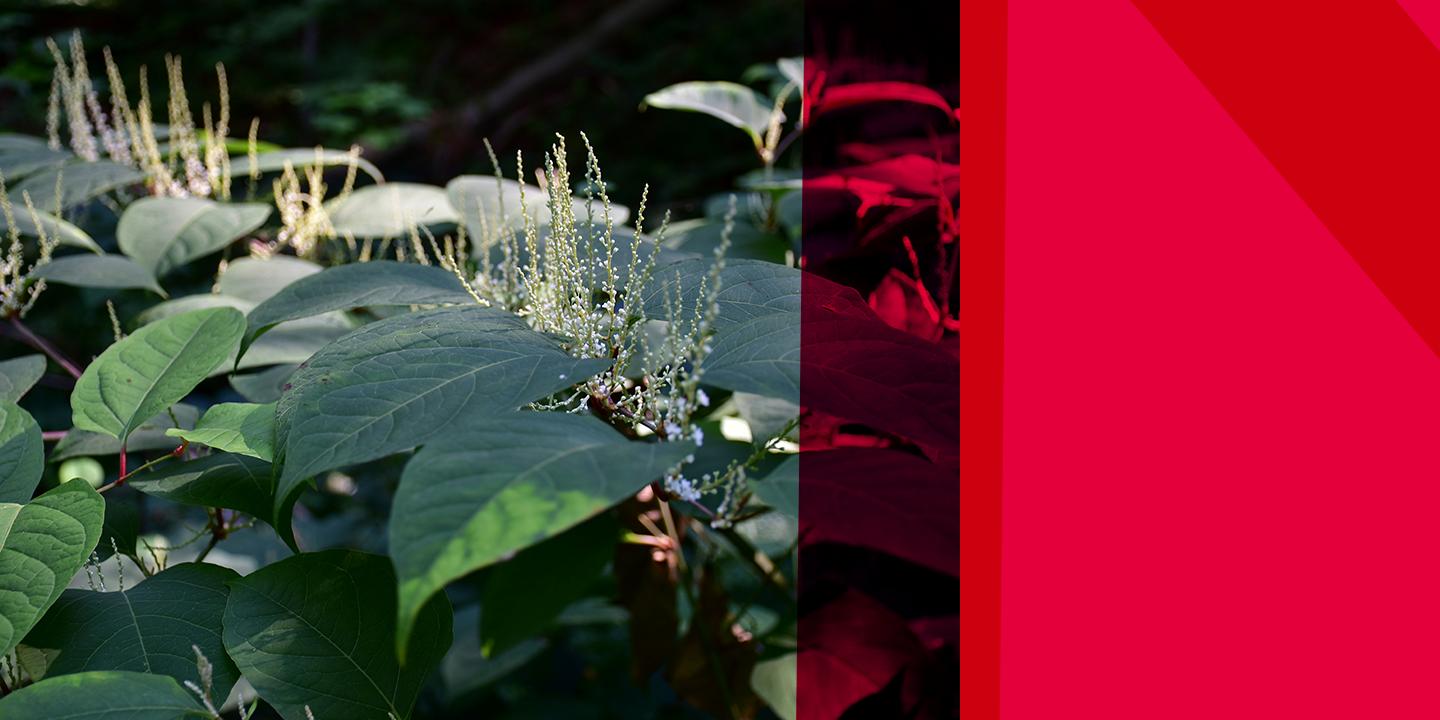Anne Chapman
- Partner

Japanese Knotweed (“knotweed”) is an invasive plant which is not native to Scotland. It can cause damage to structures and can grow very quickly. Although these characteristics are not limited to knotweed, this species is costly to treat and very difficult to eradicate completely.
Whether you’re buying or selling property, knotweed is obviously undesirable as it can adversely affect value, marketability, and insurability, as well as potentially impacting on how easy it is to get a loan. The courts have recently considered aspects of liability where it is present.
Although this concerns a house and garden in Wales, there is sufficient similarity for the decision to be of interest. Also, the case is a decision of the Supreme Court – the highest court for this type of case for the whole of the UK.
The claimant purchased the property in 2004, and Knotweed had spread from the defendant’s land onto that of the claimant “well before” that time. Information about the risk posed by knotweed became publicly available in 2013. Therefore, it was only from 2013 that the defendant “was, or ought to have been, aware of the risk of damage and loss of amenity to the claimant’s land”. In other words, there was no liability prior to 2013, which in this case was years after the spread of knotweed from the defendant’s property to the claimant’s property.
As it happened, the defendant did not start a “reasonable and effective treatment programme” until 2018. This was a breach of the defendant’s duty to the claimant. The defendant claimed for the diminution in value of his property, which was the result of the presence of knotweed. That diminution in value persisted even after the knotweed had been treated because the rhizomes remain in the soil and could reactivate if disturbed, so there is some ongoing stigma.
The claimant was ultimately unsuccessful. The problem with the claim was that there was no causal link between the defendant’s breach of duty (the failure to treat the knotweed adequately and effectively between 2013 and 2018) and the claimant’s loss: that is to say, the defendant’s breach of duty did not cause the loss for which the claimant sought damages.
When the defendant’s breach of duty began, in 2013, the knotweed had already spread to the claimant’s land and there was no evidence that the failure of the defendant to act between 2013 and 2018 had either increased or made a material contribution to the diminution in value of the claimant’s property. One of the Justices (judges) in the Supreme Court also observed that the absence of causation would also have been fatal to any claim by the claimant for the cost of treating the knotweed, again, because the damage had occurred before the defendant’s breach of duty, in 2013.
The same result would likely be reached were the case to arise in Scotland. For a claim of this type, fault would have to be present and demonstrated. In most, if not all, cases, there could be no fault prior to the information about the risks of knotweed becoming publicly available.
In our second recent example, the pursuers bought an opulent bungalow with around six acres of land in 2021. Soon after moving in, they discovered knotweed on the property. The defenders admitted they knew that the knotweed was there, and that they had attempted to treat it.
The contract for the sale of the property – which was in a standard form for a sale of residential property – included a statement that the property was not affected by “any structural defects; wet rot; dry rot; rising or penetrating damp; woodworm; or other infestation”. Knotweed was not expressly mentioned in the contract. Did “other infestation” include the presence of knotweed? The court held that it did.
While not all contracts for the transfer of land use the same formula of words, this decision could be helpful in interpreting the scope of similar phrases.
If you find knotweed on your property, it is crucial that you treat it immediately, and eradicate it if possible. Further, you’ll need to ensure that it has not impacted any neighbouring land and act responsibly should this occur.
If you have moved into a property and subsequently locate knotweed it is crucial to note that each situation will have specific intricacies. If you are unsure as to how best to approach the issue, we highly recommend consulting a specialist. Reach out to Anne or your usual Anderson Strathern contact today if you have concerns.
You might also be interested in –